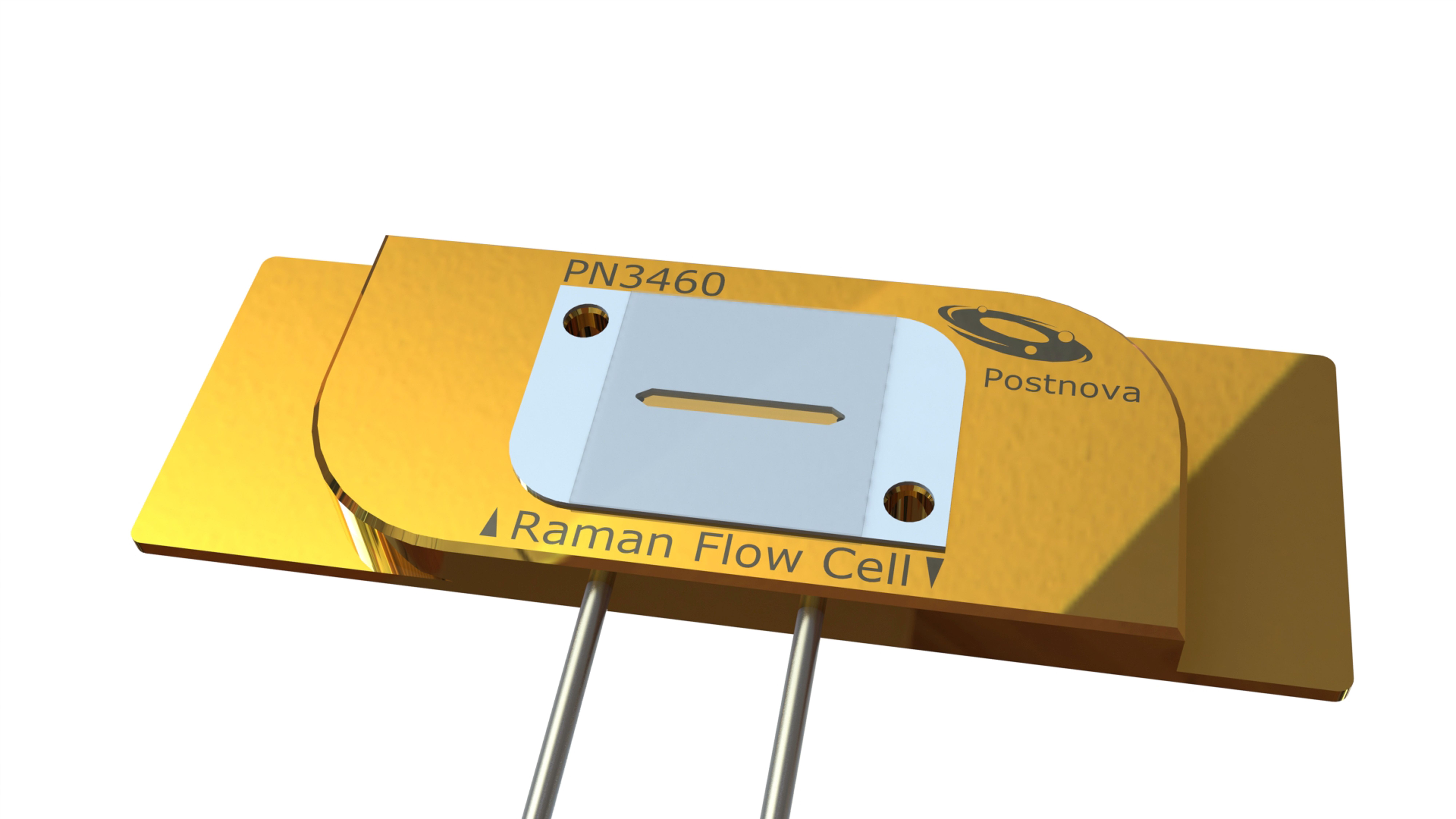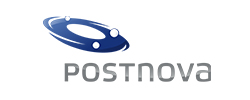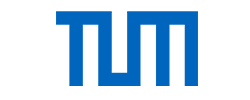The newly developed Postnova PN3460 Raman flow cell enables the coupling of flow-based systems such as field flow fractionation with Raman microspectroscopy. It thus combines the high-resolution separation of particles with their chemical identification and is particularly suitable for the analysis of micro- and nanoplastic particles.
The operating principle of the Postnova PN3460 Raman flow cell is based on the extraordinary physical principle of "optical tweezers" (Nobel Prize in Physics 2018), which allows particles to accumulate and concentrate in a small area of the Raman flow cell. In this way, the intensity of the Raman measurement signal can be significantly amplified, making it particularly suitable for chemical characterization and identification of samples that only exhibit a low particle concentration. The PN3460 Raman flow cell covers a broad particle size range from 200 nm up to 5 µm, rendering it ideal for coupling with field flow fractionation.
The functionality of the Postnova PN3460 Raman flow cell was validated using a WITec confocal Raman microscope (WITec Alpha 300 access) equipped with an Olympus water immersion objective (model LUMPLFLN40XW). It is also compatible with Raman microscopes and objectives from other manufacturers. The PN3460 Raman flow cell is the result of the successful collaboration between the Institute of Water Chemistry and Chemical Balneology at the Technical University in Munich and Postnova Analytics GmbH, the leading manufacturer of analytical instruments based on field flow fractionation.
The development of the PN3460 Raman flow cell was funded by the BMBF as part of the joint project "SubµTrack" (grant no. 02WPL1443F), the results of which were also published in the journal "Analytical Chemistry" (https://dx.doi.org/10.1021/acs.analchem.9b05336).



